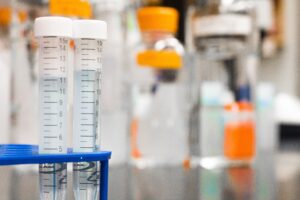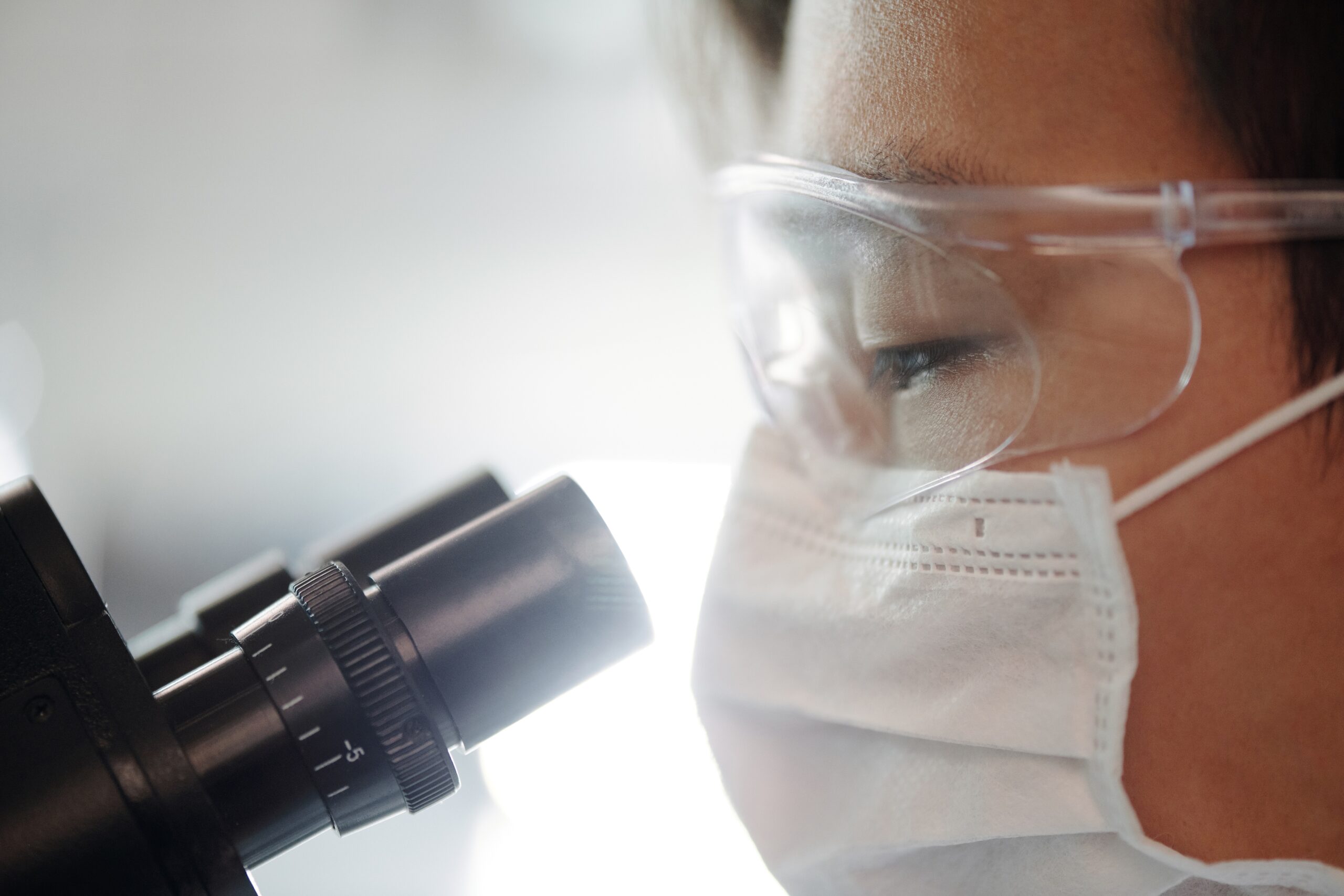C-reactive protein (CRP) is found in the blood plasma in which the circulating concentration rises in response to inflammation. This protein is synthesized by the liver in response to factors released by the type of white blood cell called Macrophages. The concentration of this protein increases as a response to ‘Interleukin 6’ which is produced by macrophages and fat cells.
Normally the concentration of c-reactive protein in blood circulation takes a low amount. But it is only increases when there is any sort of inflammation in your body. Inflammation is the protective mechanism of your body. It guards your body tissue and helps them heal from any injury, infection, or other diseases.
The features of inflammation include redness, warmth, increased temperature, swelling, and pain. Normally inflammation is a helpful mechanism to your body. That has a sudden onset and resolves within a short duration of time although it can be harmful when it lasts for too long. As c-reactive proteins are secreted as a response to inflammation of the body. The concentration of CRP can be used to assess whether there is inflammation in your body and how much inflammation is present in your body.
What are the uses of the C-Reactive Protein Test?
Normally your medical officer will recommend you this test to find out the presence of inflammation. And also to monitor the inflammatory status of your body. Below cases will cause chronic inflammation of your body.
- Bacterial or virus infections,
- Autoimmune disorders such as inflammatory bowel disease, lupus, rheumatoid arthritis
- Lung diseases such as asthma
If you have such diseases you will have to undergo a CRP test to measure the amount of inflammation present in your body.
Also, after treating such inflammatory diseases, your medical officer will recommend you get CRP test. At same time he will advice to repeat it regularly. Then the response of your body to the treatment will help to plan the next treatment steps. It will prevent further complications. If the CRP level falls after initiating treatment, it might indicate that the body is responding well for the treatments.

Clinical Features of Increased CRP
If you are having an acute infection, you can be having high CRP levels. Which can manifest as,
- High fever
- Increased heart rate
- Profuse sweating
- Chills
- Vomiting
- Diarrhea
- Difficulty in breathing
- Rashes
- Severe headache
- Body ache
- Fatigue
Also, if you are having chronic diseases that cause long-term inflammation may have features such as,
- Muscle stiffness
- Soreness,
- Unexplained tiredness
- Pain, and low-grade fever for months
Most of the time above diseases will indicate high levels of CRP.
How to Prepare for the CRP Test?
Usually, this test doesn’t need any preparations as fasting. But if you are recommended to get done any other blood investigations along with a full blood count you will have to stay fasting and be prepared which will be informed to you in advance by your medical officer.
Also, you will have to avoid excessive physical activities before getting the test done, as it can cause a sudden increase in CRP levels. Also, as some medications can alter the CRP levels it is important to inform the drugs you are on to your medical officer before the test and get pieces of advice.
How Is the Procedure Done?
Normally the person who takes the blood sample will initially clean your arm and then insert a needle. Usually, blood is taken from the medial aspect of the middle of the arm and normally venous blood is taken for this test. The needle may sting or pinch a little initially, but it doesn’t hurt a lot. By inserting the needle, a sample of blood will be withdrawn and collected into a tube. Then the needle will be slowly removed while placing a bandage on your arm. The sample taken from you will be sent to the hematology laboratory for analysis.
After the test is done the pinched site will be covered by a piece of gauze on your arm, secured by a tape. You will feel sore around the site of injection for a few hours and later you may develop a small bruise at the injection site. You can return to your usual activities right after the test is performed.
How to Interpret the Results of CRP Levels
- The normal amount of CRP levels must be less than 0.3mg/dL.

- The range between 0.3mg/L and 1.0mg/dL is considered a minor elevation which can be due to sedentary lifestyles, pregnancy, chronic diseases such as diabetes mellitus, or due to mild infections such as the common cold.
- The range between 1.0mg/dL and 10.0mg/dL is considered moderate elevation which can be due to a more serious bacterial infection or a chronic inflammatory disease.
- Levels higher than 50.0 mg/dL is a marked severe elevation that must be intervened immediately and it can be due to serious bacterial infections or underlying inflammatory disease.
By interpreting the range of CRP count, you can get an idea of the severity of the infection or any other inflammatory disease you are having. Although the presence of inflammation can be identified by this test, the reason for inflammation can’t be identified through this test. Hence it must be followed up usually with many other investigations.
What are the factors that can affect the CRP levels of your body
- Sedentary lifestyle – obesity, lack of exercise, smoking, alcohol consumption, and unhealthy dietary habits can cause persistent elevations.
- Medications such as birth control pills, estrogen-based medications, pain killers such as ibuprofen, aspirin, and NSAIDs can also interfere with the result by elevating the levels.
- Pregnancy, especially in the latter stages can cause persistent elevation which may hide the elevation caused due to underlying pathologies.
High Sensitivity CRP (hs-CRP)
You will usually be recommended to undergo this test if your medical officer suspects you of having any cardiovascular or cerebrovascular condition. Although this test also measured the CRP levels in your body, it specifically identifies the slight increases in CRP levels. The hs-CRP levels above 2mg/l suggest a high risk of developing cardiovascular diseases.
What should you do if you get high CRP levels?
Initially, you must meet a medical officer and get pieces of advice regarding any medical condition you are having and should get treatments accordingly.
You must take anti-inflammatory food such as salmon, and plant-based proteins, avoid processed food, get adequate aerobic exercise, and stop smoking and alcohol consumption to reduce your CRP levels without any medical treatments.
Intake of adequate Vitamin C is also identified as a way to lower CRP levels, especially if you are having elevated hs-CRP levels with high risks for heart diseases.
References
• Kumar and Clerk’s Clinical Medicine -8th Edition- Parveen Kumar, Michael Clark
• Oxford Handbook of Clinical Medicine – 10th Edition

